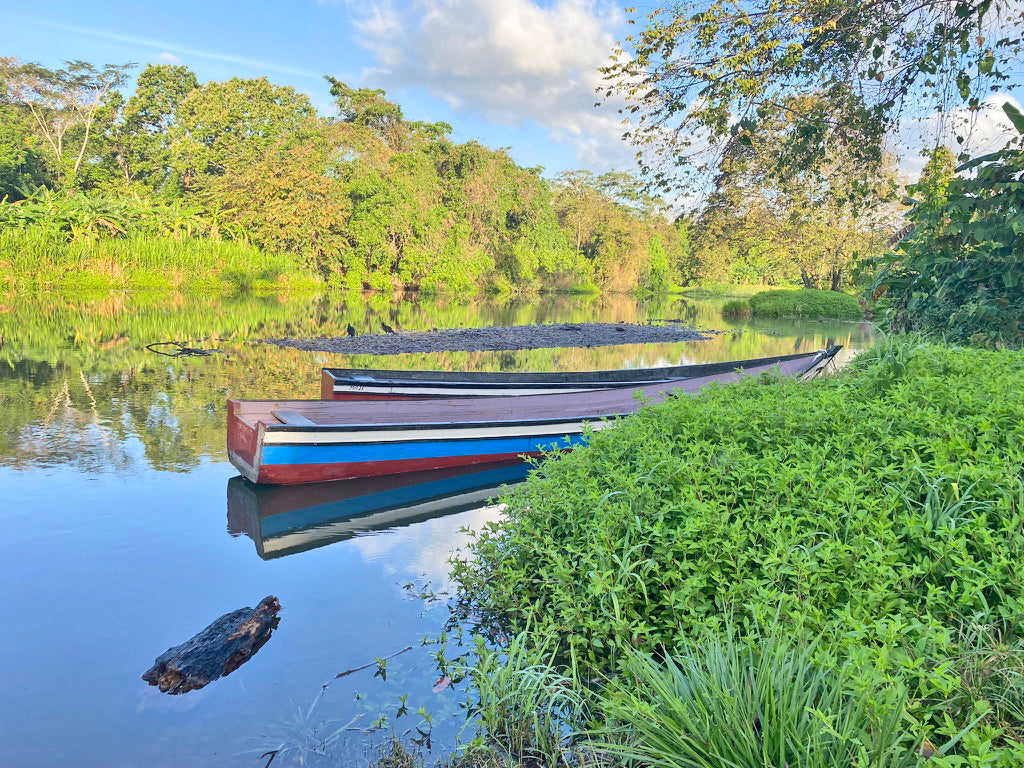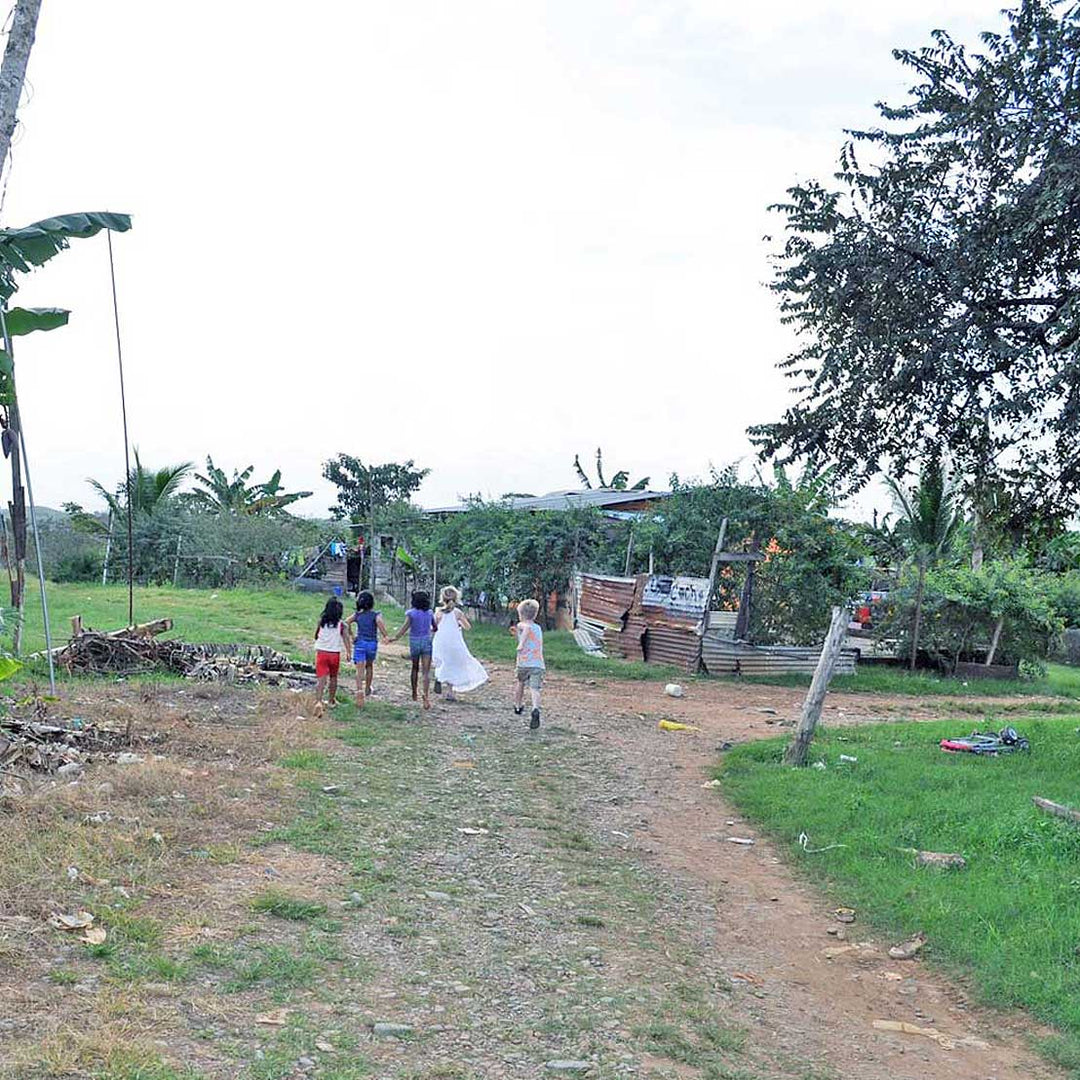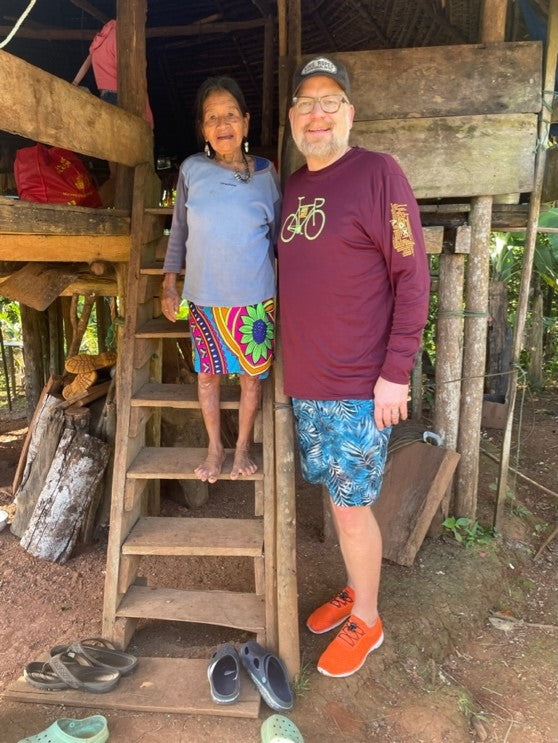About the RFB Collection
The RFB Collection brings together handwoven art from Indigenous and traditional artisans across Latin America and Africa. Each piece carries generations of skill, cultural memory, and artistic vision.
What began with connections to the Wounaan and Embera of Panama has grown into a collection that honors global weaving traditions. Today the collection includes work from Colombia, Rwanda, and Ghana.















